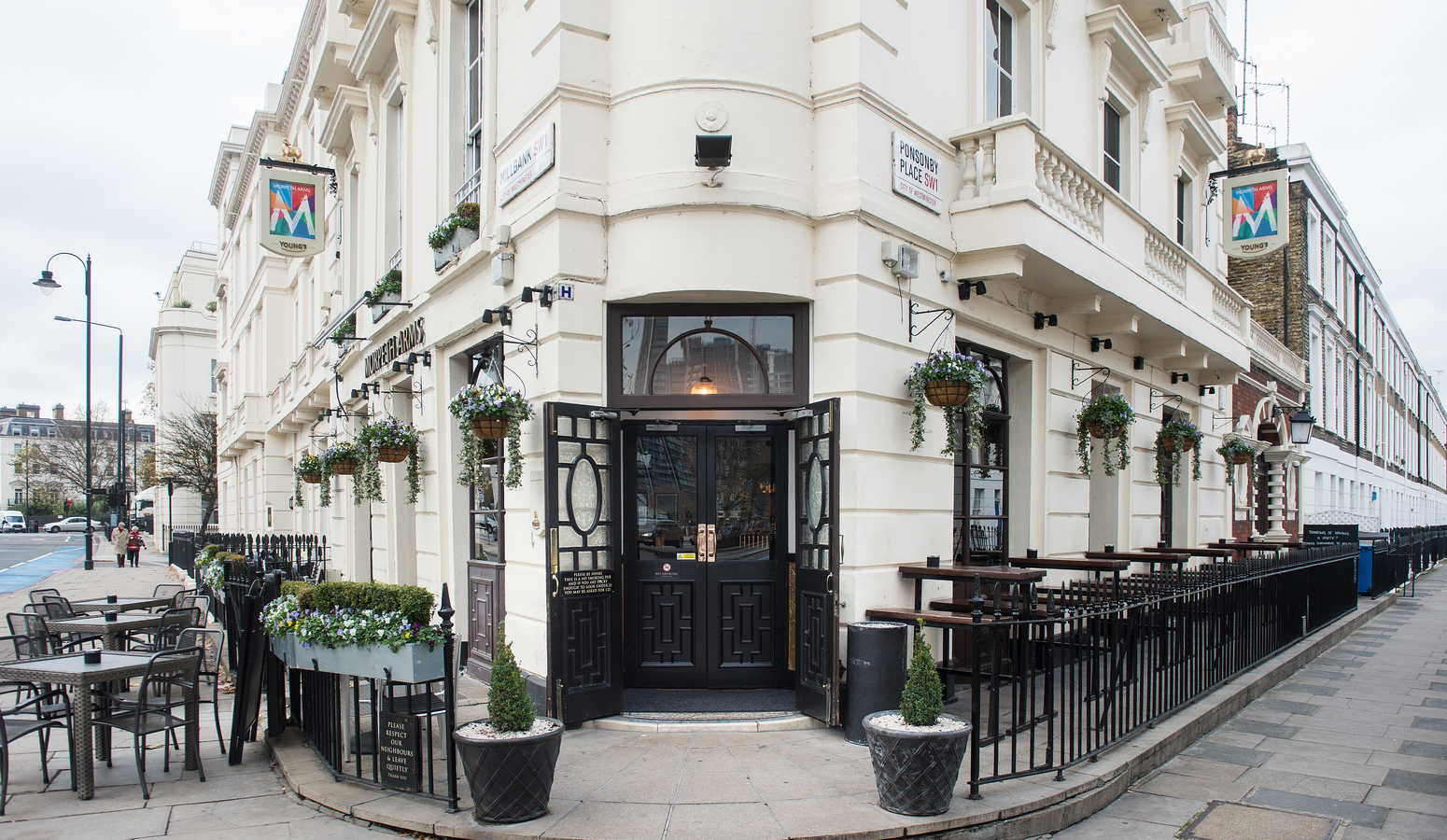The cells beneath the Morpeth Arms are the most “prisony” thing left of the old Millbank Prison, which opened in 1816 after much involving a will-they-or-won’t-they-build-a-prison-on-the-site saga. The prison was designed by Jeremy Bentham, the father of Utilitarianism, and had a “Panopticon” design, which consisted of a central watchtower from which the watcher could observe any of the six pentagonal buildings containing the inmates. The architect who won the contract, Mr. Hardwick, had to build on challenging river banky ground, which made the foundations very expensive.
Prisoners in the Millbank Prison resided in hammocks in their cells and worked predominantly as tailors, getting three meals daily, brought by kitchen staff and prisoners who worked in the kitchen. After some time, New South Wales authorities complained that large bodies of men were being sent over annually without women, so Millbank Prison endeavoured to send as many women as possible over. The female prisoners did all the laundry, and those who “only” had seven-year sentences would have had every right to be repatriated from Australia back home when they were free. However, many women could not return home, leading to their banishment for life.
